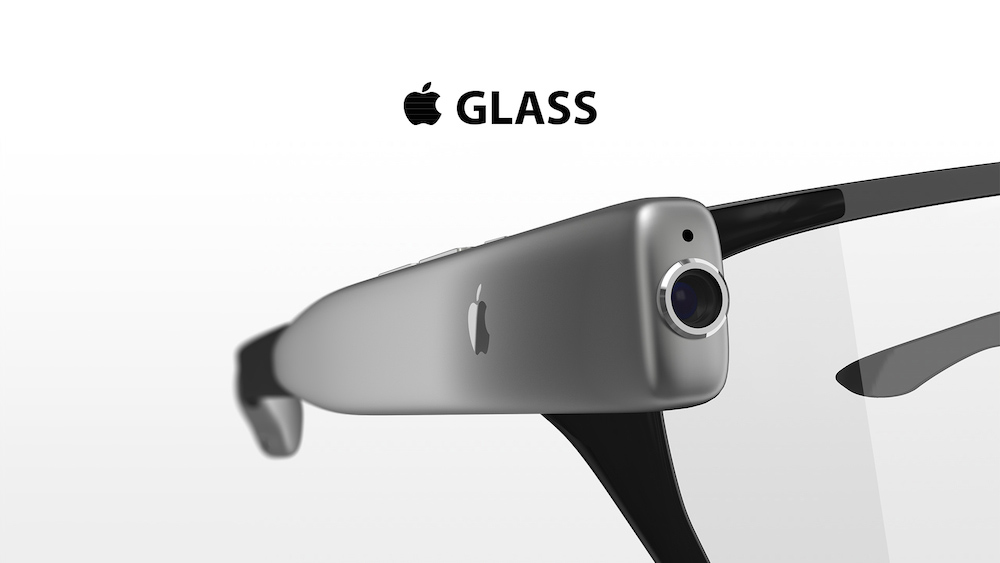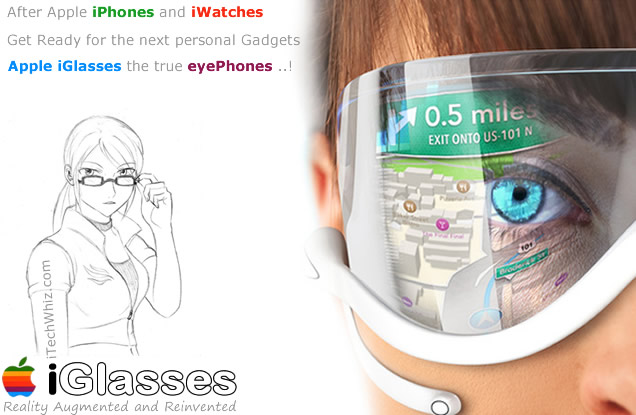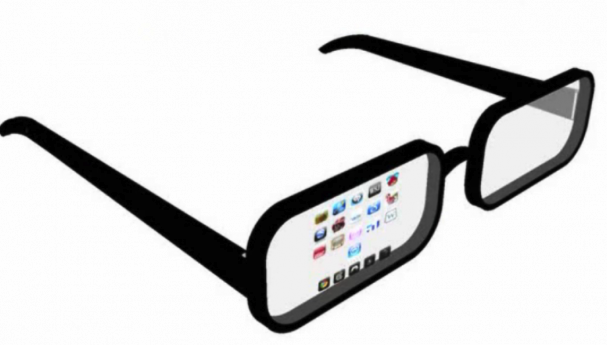
There’s no known specs about the Apple Glass yet, but we can speculate based on what we know about the current tech. For example, it will at least have the same field of view (52-degrees) and resolution (47 ppi) as the Hololens 2. The rumored pair of mixed reality glasses could feature swappable arms that each supply a distinct purpose or carry out a different function.Īs for the Apple Glass displays, the headset may use Sony OLED displays for AR, according to display analyst Ross Young.

But if Apple Glass takes off, perhaps the company would consider expanding its offerings.Īpple Glass might also have a modular trick up its sleeve. For the near future, you're stuck using your regular 'ole sun blockers. There are no plans for the first generation of Apple Glass to come in a tinted variety.

Though the glasses won't be lightweight as your Ray-Ban aviators, they could be light enough and comfortable enough to work as everyday glasses. It has a LiDAR scanner on the right temple, but no other cameras for privacy reasons (although that could change.) The glasses also come with a plastic stand with wireless chargers.īeing an accessory to the iPhone will definitely has implications on the Apple Glass design. The most current Apple Glass prototype reportedly looks like an “un-intimidating” pair of plastic glasses, while marketing materials suggest a Clark Kent-esque design. Apple Glasses features: What they'll actually do Apple's entry point is significantly more accessible, costing as much as some of it's top-specced smartwatches. Still, Vuzix Blade starts at $799 (opens in new tab). It'll work more like the Vuzix Blade smart glasses, which have a built-in camera and Alexa integration. Hololens 2 has a price tag of $3,500 but a big part of of its cost comes from having all the electronics needed to run the AR experience built into the headset.Īpple Glass, rather, will rely on a companion iPhone for processing, so it will have significantly less parts and complexity than Hololens. Now that may seem low, especially compared to competing augmented reality headsets like the Microsoft Hololens 2.
#Apple iglasses plus#
Apple Glasses priceĪccording to Prosser the Apple Glasses are currently priced at $499, plus prescription fees. No clue what the difference between mixed reality, augmented reality and virtual reality actually is? We have an explainer that tells you exactly what mixed reality is and what Microsoft, Meta and Apple have planned for it. Voice assistant Siri will be tasked with controlling the headset, though a physical remote and body tracking controls are reportedly being tested as well.Īs for a potential release date, the VR headset is on pace to debut sometime this year, following a rumored announcement event in March. Like its competitors, the Apple VR and mixed reality headset will reportedly benefit from its own App Store, where users can access gaming, video streaming and communications software. Reports claim Apple's headset could be between $1,000 and $3,000 when it launches.
#Apple iglasses pro#
The Quest 2 starts at $399, while the Meta Quest Pro costs $1,499 and Microsoft's HoloLens 2 is a whopping $3,500. There's no word on price, though we don't expect it to be cheap. Those sources also said the headset looks like a slimmer, fabric-swathed, Oculus Quest, but the design isn't final as the company continues testing to determine the ideal fit for most head shapes.

The Apple VR and mixed reality headset reportedly features ultra-high-resolution screens and a cinematic speaker system that should enable realistic visual experiences, according to people who have seen prototypes. In addition to Apple Glass, the Apple VR and mixed reality headset is also in the works, and could be less complex and closer to launch.


 0 kommentar(er)
0 kommentar(er)
